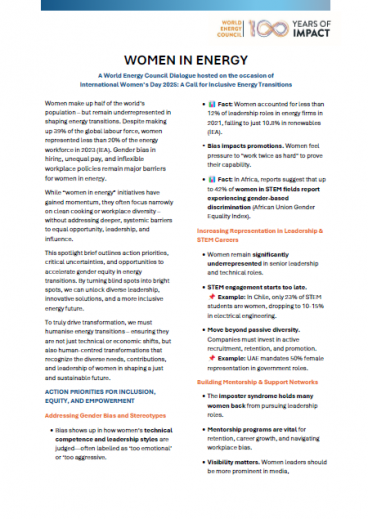Gérard Mestrallet, the Chairman & CEO of French utility company GDF Suez, said that he disagreed with suggestions that some of the claims regarding its future prospects need to be tempered because of geological and economic constraints, the possibility of over-estimated reserves, and the environmental, and health impact of drilling. He thought that, despite some uncertainties, the shale “revolution” is a game changer that has started in North America and will affect the global energy landscape in emerging markets and Europe.
The US energy sector has seen a major shift to natural gas in the power sector, where the share of natural gas has doubled since 2000 from 15% to 30%, Mestrallet said. “The US has become the world’s leading natural gas producer. For the first time in six decades, the country is a net exporter of petroleum products and will soon be an energy exporter.” “The phenomenon has affected the entire economy by boosting the US global competitiveness” with the creation of jobs and lower electricity costs for industry, he added. Technological progress, meanwhile, has reduced the environmental impact of exploitation.
The vast market changes in the US are affecting developing countries, where energy consumption goes hand-in-hand with fast economic growth, Mestrallet noted. Over the next 20 years, 90% of global energy demand will come from non-OECD countries, meaning that emerging markets will need to tap into all types of energy sources - coal, renewables, and natural gas. Gas, however, could be the largest contributor for the new energy needs of emerging countries by 2035, he said.
Mestrallet ended on a grimmer note for European energy policy, which he contended has “failed on all three of its objectives,” the environment, price and competitiveness, and security of supply. On the environmental side, the arrival of low-priced US coal and conventional gas has caused a rise in CO2 emissions. Meanwhile, the CO2 market has proven inefficient “as current market prices show,” he said. The second failure is the price and competitiveness of energy. Electricity prices are rising in Europe while they decline in the US, “a significant competitive gap with respect to the US,” he said. The shutting down of gas-fired power plants has jeopardized the final objective, security of supply, he said. Mestrallet lamented that the plants “failed” to break even in a market in which renewable electricity, wind and photovoltaics (PVs) continue to grow through subsidies “regardless of the market need.” “On the other hand, Europe is still hesitating about actively searching for its own unconventional oil and gas resources, which perhaps could be a part of the solution,” he said.
This news story is based on the session Face to Face, “Shale gas and oil: Is it just a bubble?” at 2013 World Energy Congress.






_-80_result_688_387_s_c1_c_c.jpg)

